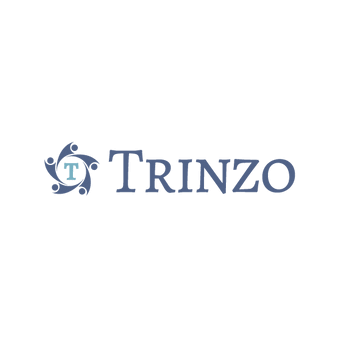Planning for Safety Communications
2022 is just around the corner now and this may be a good time for us to consider our plans for the new year. Safety communications is often an ad hoc process based on issues and opportunities as they arise. There are considerable benefits to creating a strategy and plan for communications that ensure that the right messages and information are provided at the right time, to the right people in the most effective manner. The following recommended actions can form the basis for an effective communications process. This will also help us to comply with the requirements of ISO 45001: 2018, Clause 7.4 Communication.
- Create an annual plan
Most organisations develop a training plan for the year to ensure all training needs are identified and implemented. A similar approach is recommended for communications. This should be based on the following questions:
- What do we wish to communicate on safety, health, and welfare this year?
- Who should this be communicated to?
- How will this communication be made to best suit the target audience?
- When should the various messages be communicated for optimum effect?
- What do we wish to receive communications about?
- Who should we facilitate in communicating to us?
- How can we best facilitate this communication?
When these questions are answered for each topic, we will have developed a communications needs assessment. Based on this we can create a plan for how and when we will communicate. This will include:
- A list of topics
- A schedule for communications on each topic (some may depend on unplanned events e.g. employee reporting of hazards or near misses)
- Content for communicating to employees
- Identify who and by what channels to communicate
- Identify any additional tools required to facilitate two way or incoming communications
- Target specific messages to the appropriate audience
In the same way that we don’t train everyone to do everything, we should avoid over-communicating on topics that are not relevant to employees. Over communicating can dilute the message and turn people off from paying attention. We need to provide the information they need and provide a context that applies to them.
- Keep Messages to a Minimum
Targeting messages to specific groups will help reduce the noise, but we also want to avoid bombarding these groups with too much information. Timing and relevance are key considerations when planning communications. Remember also that new hazards or external factors may require an unexpected addition to the plan and will need to be factored in as necessary.
- Optimise the medium
Electronic communications are easy to issue but maybe ignored, skimmed without real appreciation of the message, or simply unavailable to many of the intended recipients in a busy workplace. Toolbox talks and meetings are likely to be more effective and also facilitate two-way communication more effectively. There is room for all types of messaging, but plans should incorporate consideration of the most effective.
- Keep channels open
Two-way communication on safety is vitally important (and a legal requirement in Ireland and elsewhere in the EU). Easy ways for employees to report incidents, hazards, and good catches will ensure information is gathered effectively. Feedback is equally important or this source of communication will quickly dry up. Safety committees, steering groups, “tier” meetings, shift handovers, and department or plant-wide meetings should be scheduled as appropriate to keep safety at or near the top of the agenda.
References:
- Getting the message – IOSH Guidance on Communication
- Safety, Health and Welfare at Work Act 2005
- ISO 45001:2018


